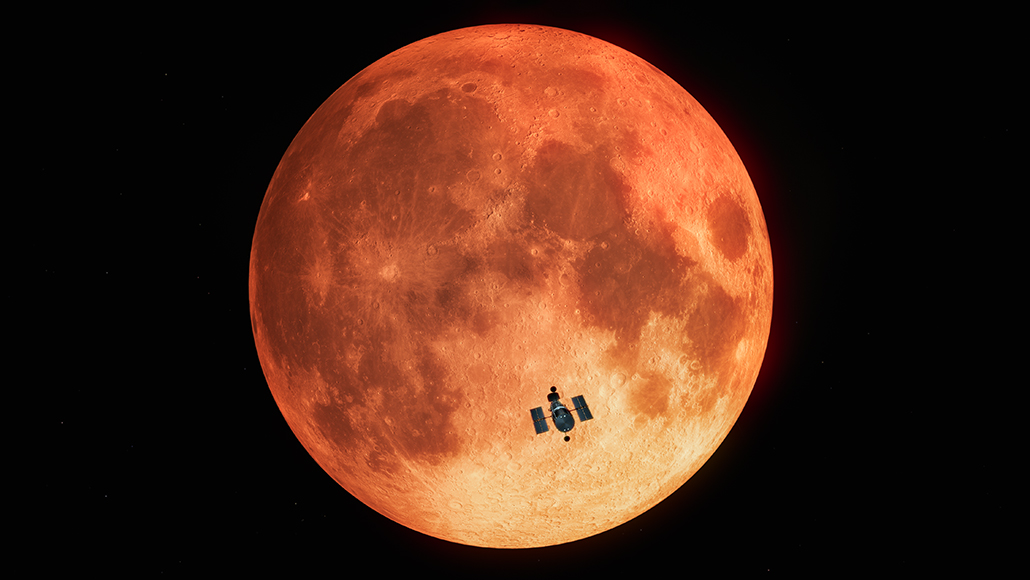Hubble watched a lunar eclipse to see Earth from an alien’s perspective
It's the first time the space telescope has observed such an event

In January 2019, the Hubble Space Telescope (illustrated against the backdrop of the moon) made its first observations of a total lunar eclipse.
M. Kornmesser/Hubble/ESA







